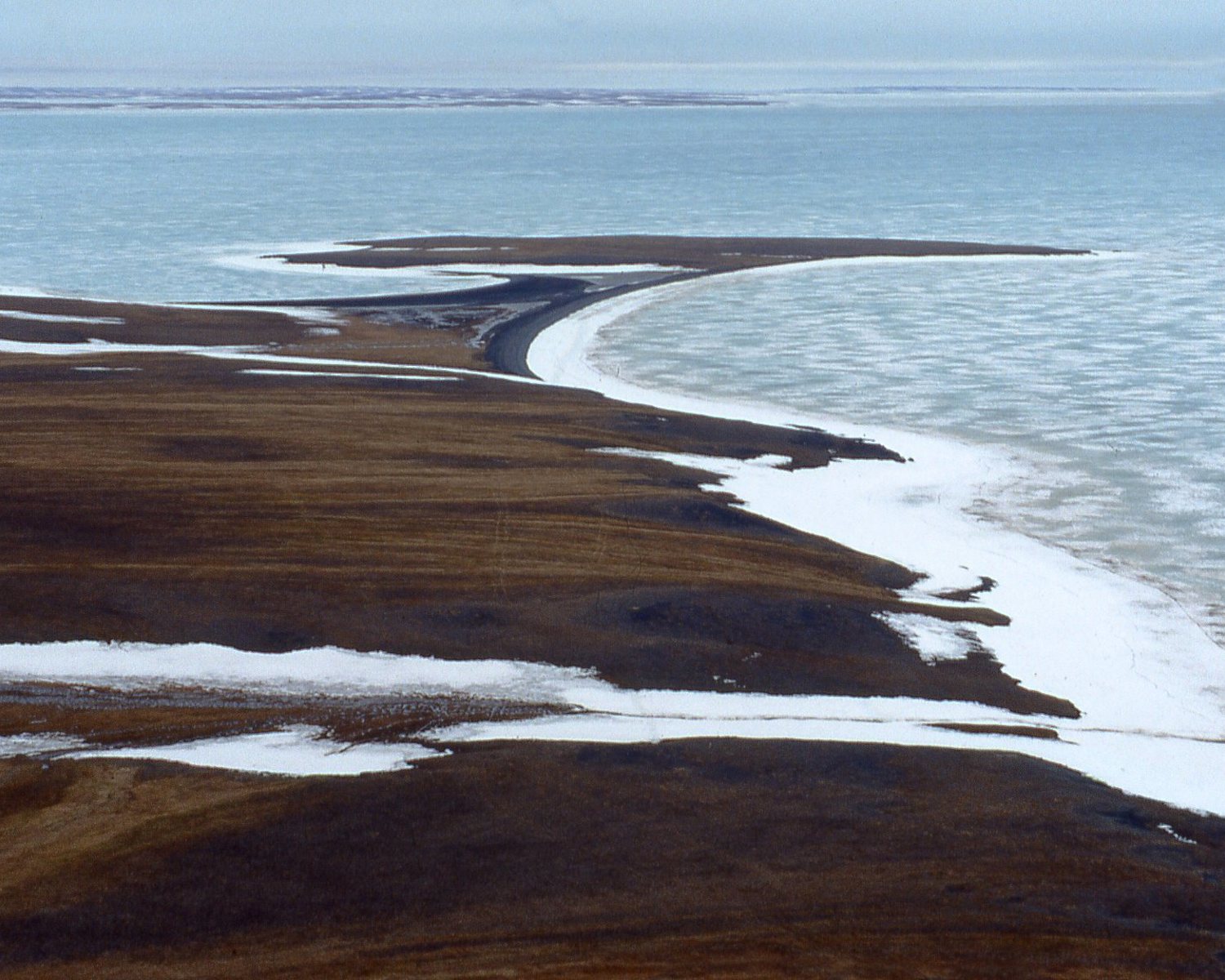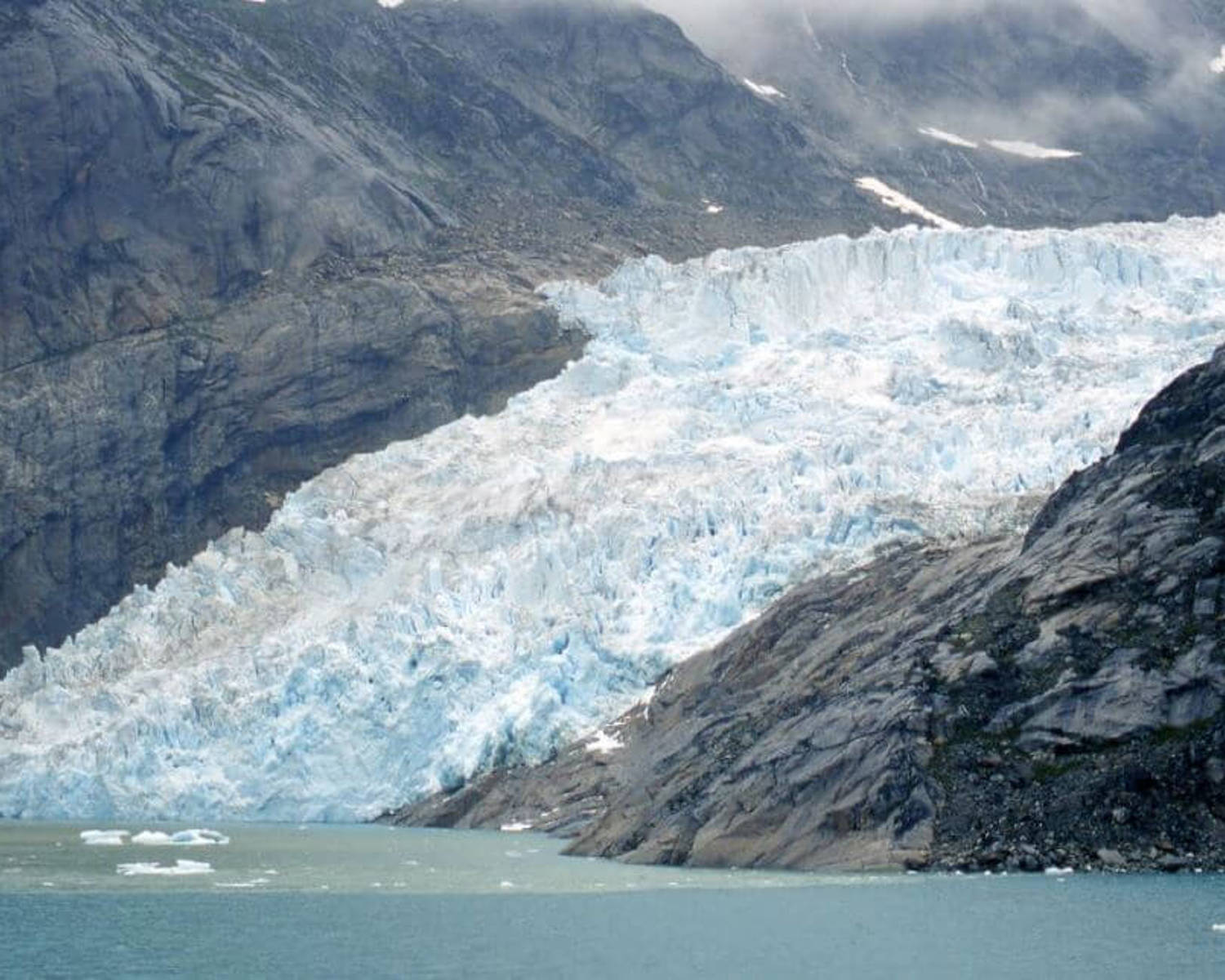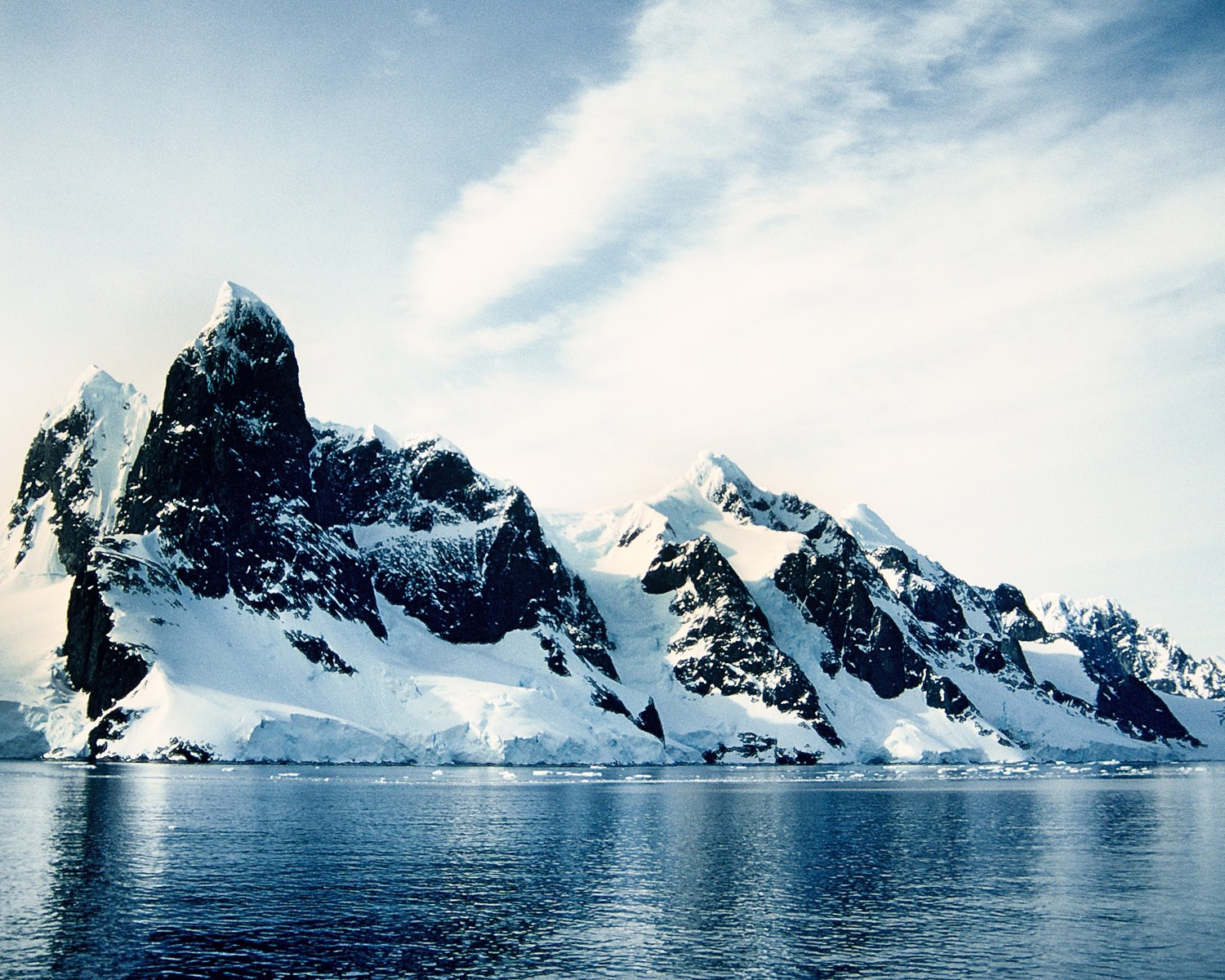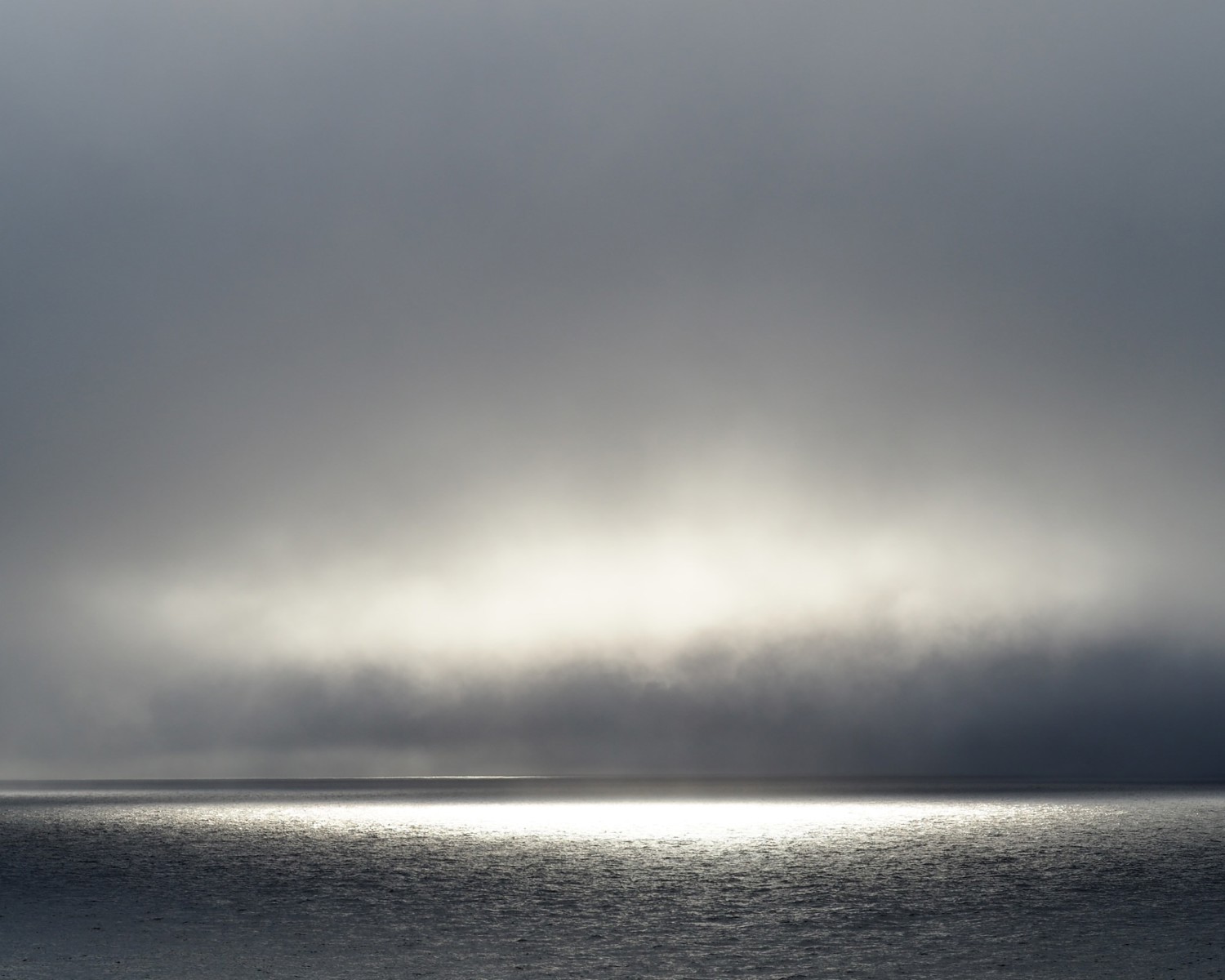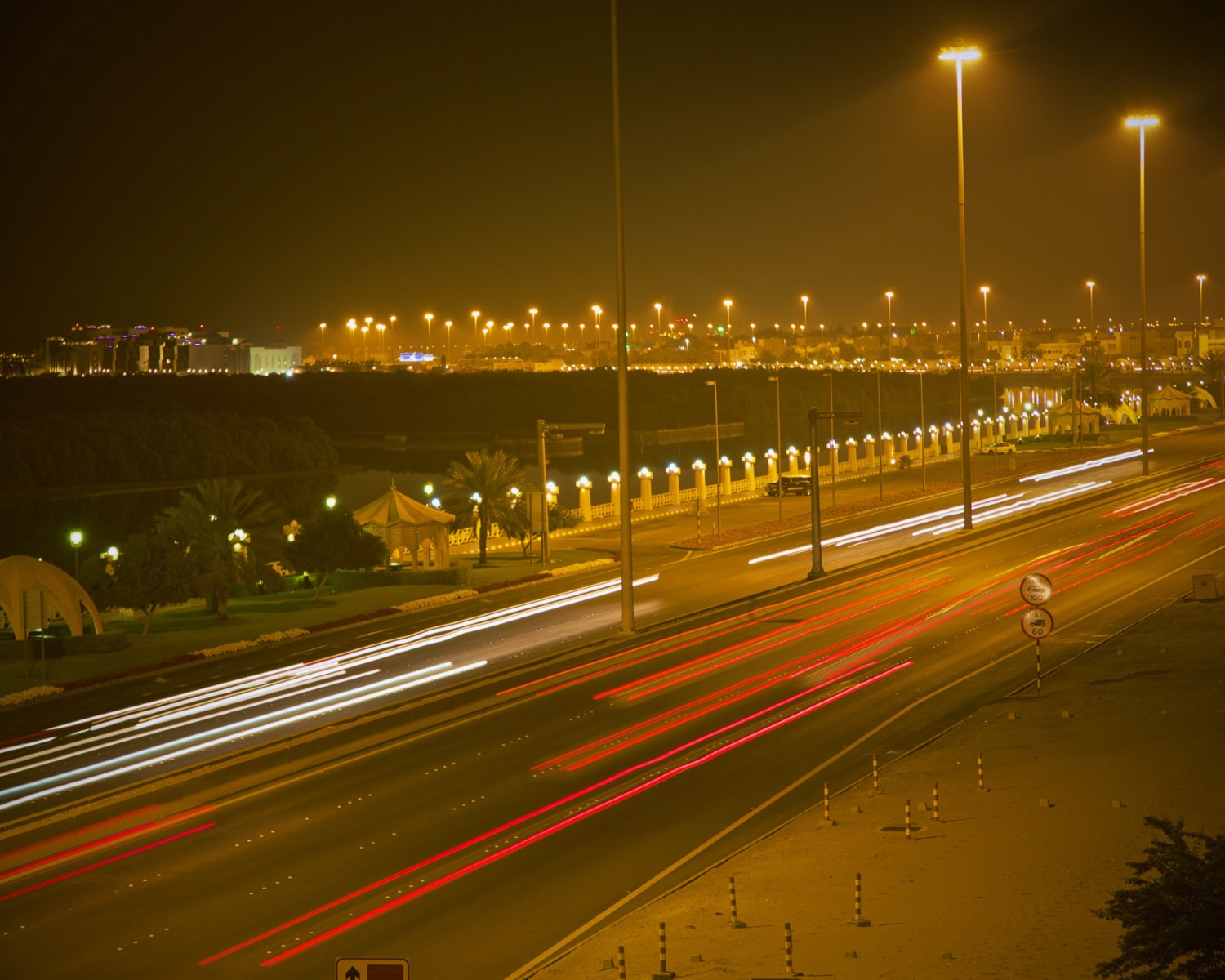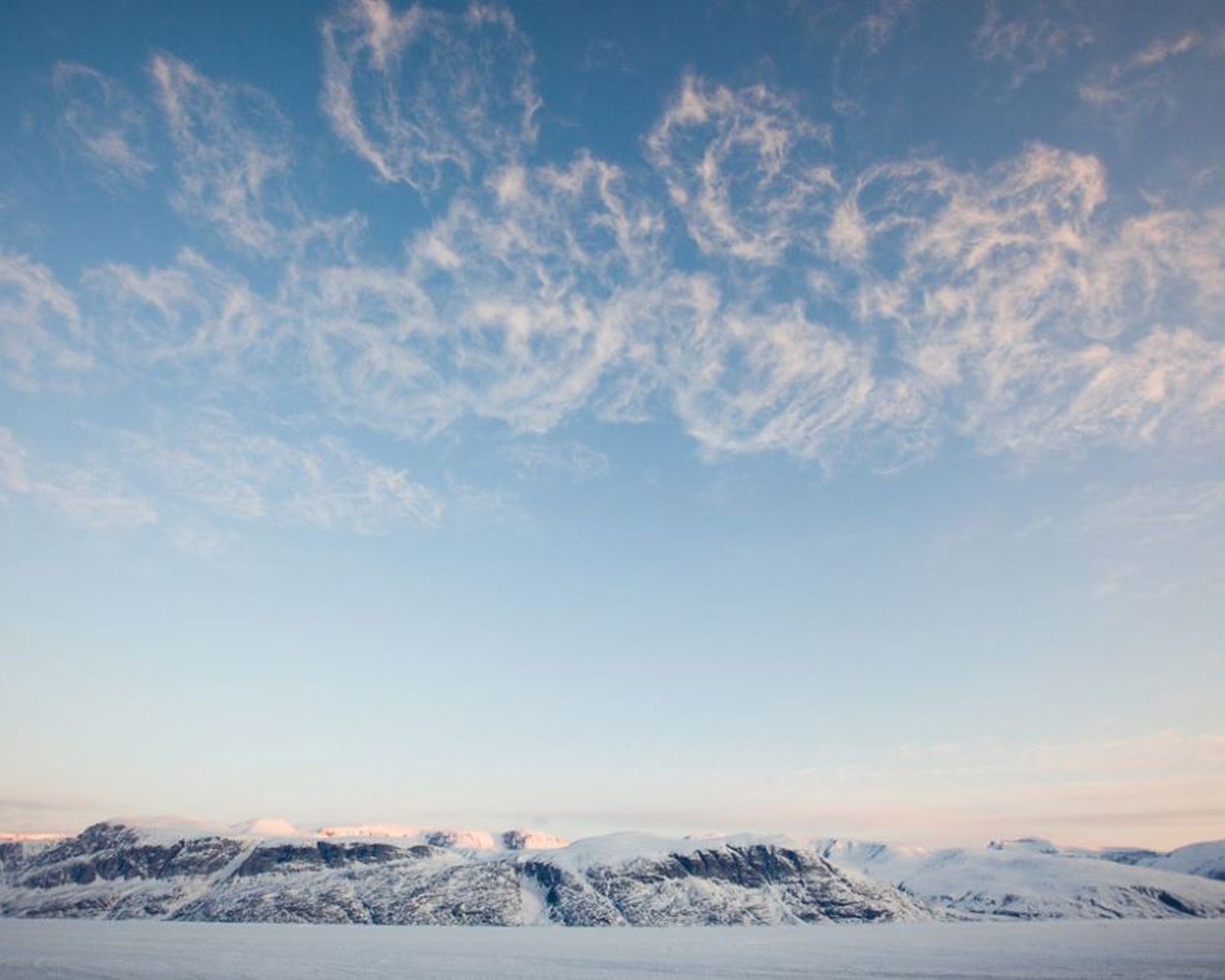Ice sheet stabilization via buttressing
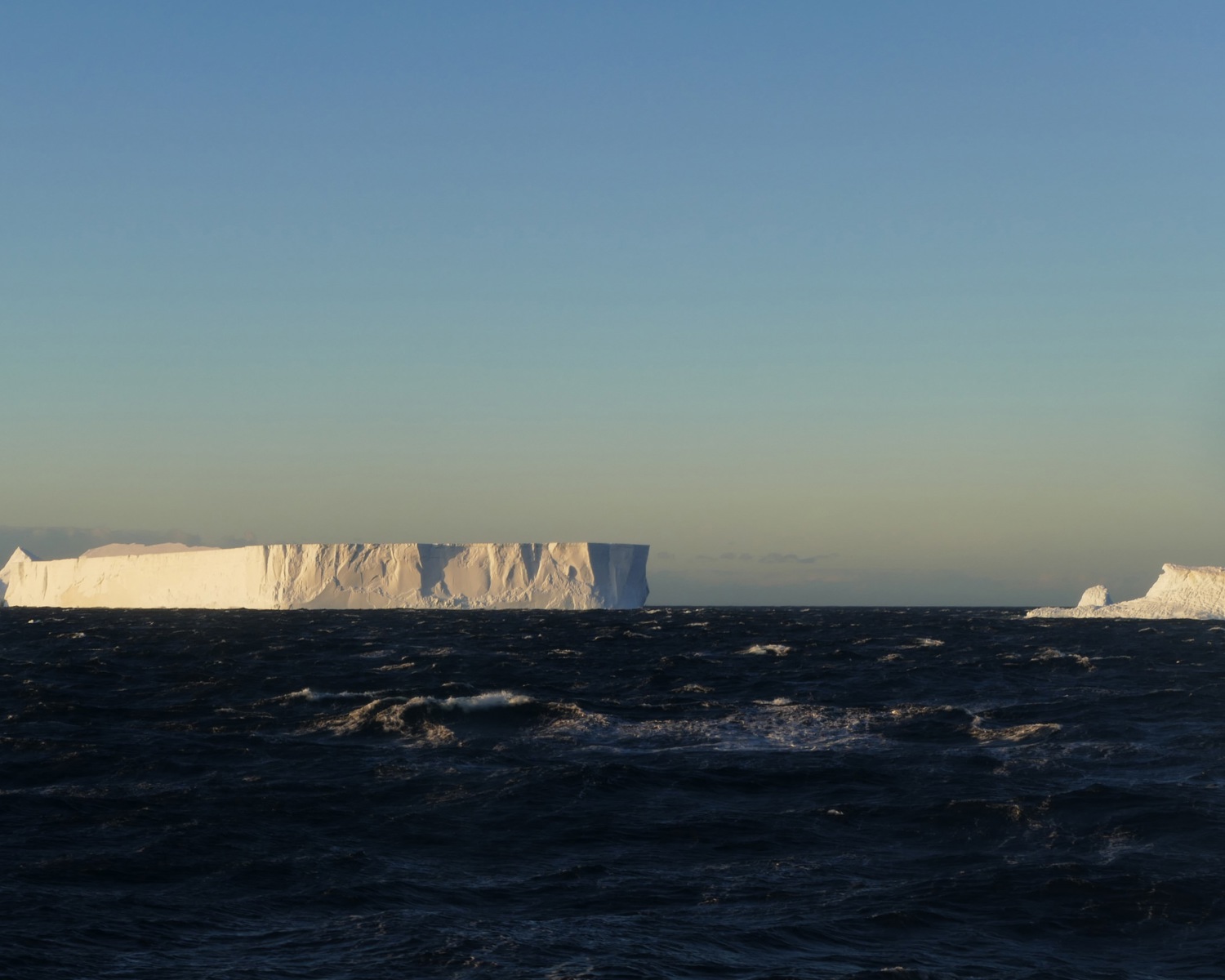
It has been suggested that ice sheets could be stabilized by building physical structures that could artificially support and buttress them.
It has been suggested that ice sheets could be stabilized by building physical structures that could artificially support and buttress them. These pinning points would provide places for the ice sheet to stabilize, and encourage the growth of new ice (Wolovick and Moore 2018). Another idea would be to increase ice sheet thickness which would allow increased contact with already existing points (Lockley et al. 2020).
Analysis overview

Technological Readiness Level (TRL)
Low 1
This was one of the first ice sheets stabilization ideas (MacAyeal 1983), and is again proposed as a research topic (MacAyeal pers. comm.). However, as of yet, buttressing as a means of stabilizing ice sheets has not been studied or explored further.
Technological Readiness Level (TRL)
A technology with a TRL of 1-3: TRL 1 – Basic; TRL 2 – Concept formulated; TRL 3 – Experimental proof of concept

Scalability
Low 1
Such constructions would be very difficult to build. They would moreover require vast amounts of materials, about as much as was used for the construction of artificial islands in Dubai and Hong Kong (Wolovick and Moore 2018). Because larger designs are likely to be more effective than smaller ones, material constraints will probably limit scalability even further.
Scalability
Physically unable to scale; sub-linear/logarithmic efficiency of scalability

Timeliness for near-future effects
Low 1
Timeliness for near-future effects
Implemented too late to make a significant difference

Northern + Arctic potential
Low 1
Northern + Arctic potential
No noticeable extra positive effect beyond the global average; technology is unsuited to the Arctic

Global potential
High 3
Global potential
Major impacts detected

Cost - benefit
Prohibitive 1
Cost - benefit
Cost of investment comparable to cost of avoided damage

Environmental risks
High risk 1
Environmental risks
Major, serious risks with a high disaster potential; multiple and cascading risks

Community impacts
Neutral 2
Community impacts
Unnoticeable or negligible positive or negative effects

Ease of reversibility
Hard 1
Ease of reversibility
Impossible or very difficult to reverse

Risk of termination shock
High risk 1
Risk of termination shock
High or very significant termination shock or damage

Legality/governance
Not possible 1
Legality/governance
Illegal or banned, or the legal regime is not suited to deployment

Scientific/media attention
Low 1
Scientific/media attention
Very low attention from individuals and/or abandoned ideas; low media attention; no commercial interest.
References
Corbett, C. R., & Parson, E. A. (2022). Radical climate adaptation in Antarctica. Ecology Law Quarterly, 49(1). https://doi.org/10.15779/Z38BG2HB68
Lockley, A., Wolovick, M., Keefer, B., Gladstone, R., Zhao, L. Y., & Moore, J. C. (2020). Glacier geoengineering to address sea-level rise: A geotechnical approach. Advances in Climate Change Research, 11(4), 401-414. https://doi.org/10.1016/j.accre.2020.11.008
MacAyeal DR (1983) Preventing a collapse of the West Antarctic Ice Sheet: Civil engineering on a continental scale. Annals of Glaciology, 4, 302. https://doi.org/10.3189/S0260305500005747
Wolovick, M. J., & Moore, J. C. (2018). Stopping the flood: could we use targeted geoengineering to mitigate sea level rise?. The Cryosphere, 12(9), 2955-2967. https://doi.org/10.5194/tc-12-2955-2018

